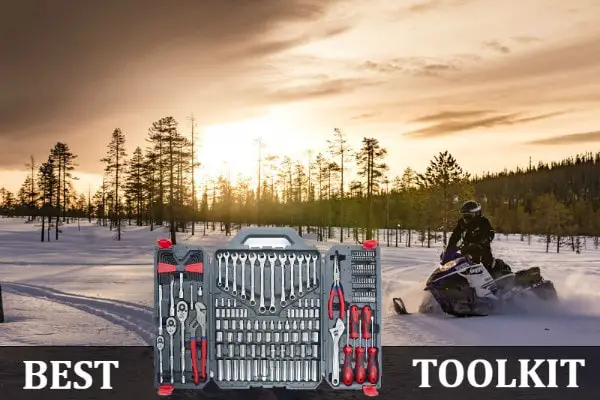You may be lucky and ride your whole life without having an event or breakdown. But it’s not always the case, and you must be prepared for it all the time. If you own an old sled, the chances are it will need some adjustments or hotfixes once in a while.
Having a snowmobile toolkit is absolutely necessary in order to be safe and to be able to continue your ride in case of an event. If you think it’s more fun to ride two up to creepy houses asking for tools, then don’t get one.
I would first get a friend who knows how to fix everything, but you can’t find him all the time. More than this, to be there with you all the time. So we need alternative solutions: a snowmobile toolkit. You probably won’t be able to fix serious problems on the spot, but it doesn’t worth ruining your snowmobiling trip for a spark plug for example.
The original toolkit
If your snowmobile came with one of these, it’s great. The original toolkit will contain most of the tools you will need to quickly get going in case of an event. If you don’t have one, you can ask your sled’s manufacturer to see if they sell one separately. But if it’s too expensive, an aftermarket toolkit will probably be a better choice (I mean: cheaper).
Most new snowmobiles don’t include the full toolkit anymore. They will often come with a spark plug tool and sometimes with a clutch tool for replacing the belt. This is not near enough for being able to fix your snowmobile on the spot. Build your own toolkit if you ride a lot and don’t want to get stuck.
New vs Old Sled
If you’ve read the new vs old (used) sled article you probably know that an old sled will require a little bit more maintenance. But here’s a thing I probably missed. The new snowmobiles are harder to diagnose and repair on the spot without much knowledge.
Unfortunately, the sleds made nowadays are a lot more difficult to work on. If any of you are fortunate enough to have someone in your group that knows these new sleds you a very lucky rider!
Are you alone and don’t have a clue?
Always have a phone with you. If you are not a mechanical guy, you probably won’t know what’s wrong with the sled anyway. Get a cell phone with you and call for help before you freeze out.
Another handy thing you can get is a GPS. Read more on the best GPS for snowmobiles page. This simple device can save you one day.
Why have one?
If you know a thing or two about engines or have some common sense knowledge in mechanics, you can fix some of the problems that may occur. Anyway, if it’s not more than a fouled spark plug, something cracked that can be easily fixed with zip ties or a broken pull cord you may need to take the sled home anyway.
This article will present a full toolkit, but sometimes, without having exhaustive mechanics knowledge or having a friend that knows them all you can’t fix the sled on the spot.
Where to put it?
The original toolkit is placed under the hood or under the seat. You should have enough room there to fit an average toolkit. If more tools are needed you can get use a strap or a can mount. But I wouldn’t advise taking a lot with you. If you have a lot of tools with you, keep them in your truck.
What to put in the snowmobile toolkit?
My experience with repairing snowmobiles on the spot is not so great. I reached out some forums and asked on a Facebook group to see what other riders take with them when going on a trip. I summarized and compiled the information in the lists below:
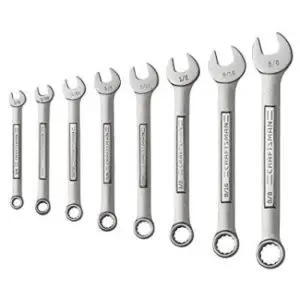
Wrench set
Tools:
- Factory toolkit (it usually contains the exact tools you need for your sled’s model; If you don’t have one, go ahead)
- Zip Ties, including long and strong ones
- Electrical Tape and Duct Tape, good for quick fixes on the wires but also for keeping things together
- Adjustable Wrench or 1/4 drive with 10mm and 13mm sockets and wrenches (Sockets to take off offset bogie/idler bolts). Get a set of wrenches and Sockets if possible, they will help you on other stuff too
- Slotted and Philips screwdriver – if studs get broken, you will need to replace them. Also if you want some ski adjustments, you will need to use these.
- Vice Grips (If a ski causes problems might be the difference between leaving it behind or slowly making your way back)
- Screwdriver kit or multi-tool (it contains a little saw, knife, and multiple screwdrivers)
- 10m, 13m, 17m, t25, and t30 Torx screwdriver if you don’t have a universal set
-
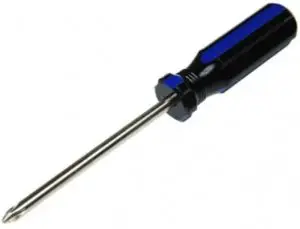
Philip screwdriver
Flashlight (No one mentions it, but it’s very important to have one. A headlamp can also be useful)
- Batteries (for your flashlight)
- Tow Rope – Good for getting your snowmobile out of snow, water or mud
- Spark Plug Tool
- Pliers – Very useful when fixing crushed or bent parts, hoses and other stuff
- Siphon Hose
- Trail map
- Paper towels
- Hacksaw with interchangeable blades – it’s great if you the multitool contains a saw
- Lighter (in case flooded cylinders, you will need to heat the spark plugs too)
- A tiny cup to put bolts and screws in when you are deep in snow
- A tiny shovel will help you if your sled is stuck in deep snow
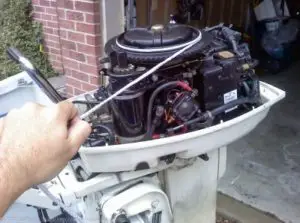
Emergency starter rope
Parts:
- Extra Plugs
- Starting strap
- Spare belt – if your belt breaks off, you won’t be able to move before replacing it
- An extra liter of oil
- WD40 can – great for cleaning parts or getting rid of rust
- Electric connectors and some wires wouldn’t hurt as they are lightweight. But if you have a new snowmobile, you probably won’t know how to fix the electrical system anyway
- Nuts, Bolts for suspension parts
- A coil of rebar tie wire, also known as baling wire – One of the most important things you can get with you. ZipTies are good, but getting a coil of rebar tie wire will fix a lot of broken, crushed or bent parts. Put it in a plastic case as otherwise, it will rust in your toolkit bag.
- Windshield darts or rubber bands, just in case your windshield gets broken
- Clutch shims
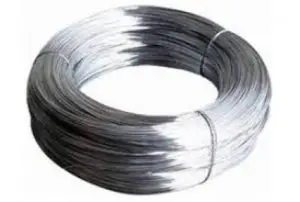
Bailing wire
- Spare rear idler wheel- There are only 2 wheels for the rear suspension, if one gets broken you won’t be able to move further.
- Spare idle bearings (same as above)
- Hose Clamps – They can be used for other parts also, besides being incredibly useful when a hose goes down
- Coolant hose splices
- Extra fuel hose
- Emergency pull cord – if your battery dies, you can attach it to your primary clutch in order to be able to start again
Other things
If your snowmobile gets stuck or the weather gets bad you will probably need these in order to keep yourself warm and safe.
- Extra pair of Gloves
- Hand warmers
- Emergency blanket – will keep yourself warm
- A way to start a fire (a standard Lighter will do it)
- Food and Water
If you want to fix your snowmobile on the spot you will need some dexterity, which the usual gloves do not offer. Get a pair of Atlas gloves or equivalent that will let you do some tactile repairs. Also, if you have expensive gloves, they will be ruined by oil and gas.
Do I really need to carry all that stuff?
Honestly, if you have a problem that is anything more than a fouled spark plug, chances are you will be forced to tow the sled home, so I don’t go too crazy with what tools I carry with me. But if you ride with friends, sometimes it’s easy to fix common problems. So having a toolkit is great.
Conclusion
If your snowmobile comes with a full toolkit, that’s great. You will find most of the tools you will need there. But if your sled doesn’t have one I suggest setting up a minimum toolkit that will let you solve trivial problems. Use your common sense and don’t get the whole garage with you.
There are some tools which I suggest always keeping in your snowmobile toolkit as screwdrivers set, wrench set, socket set, emergency starting for 2 stroke engines with recoil start, flashlight, zip ties, tow rope etc.
Do you have anything to add to the lists? What do you carry with you, and do you think it’s enough for a usual trip? I want to hear your opinion.
